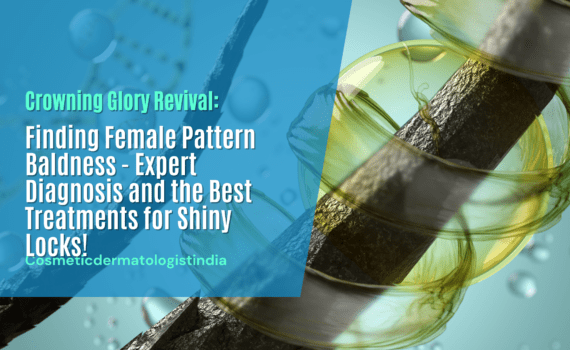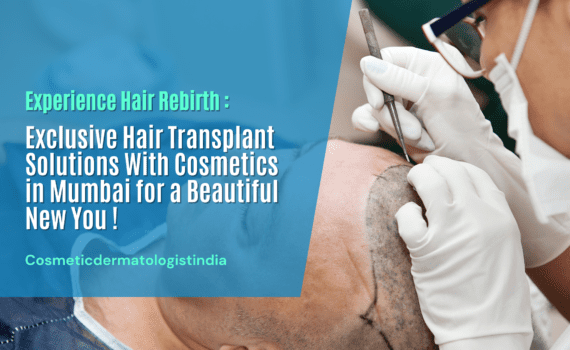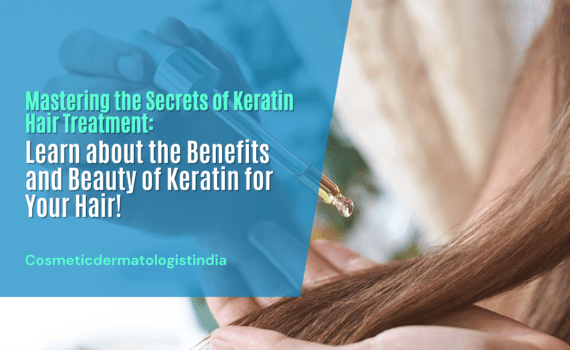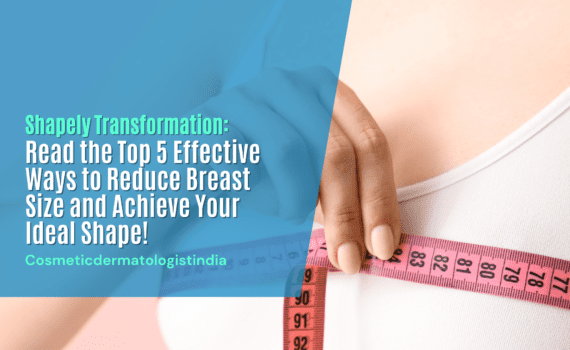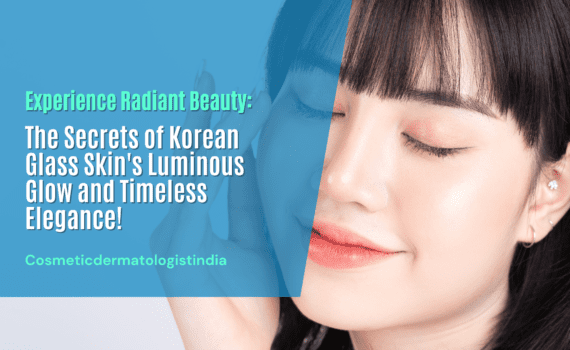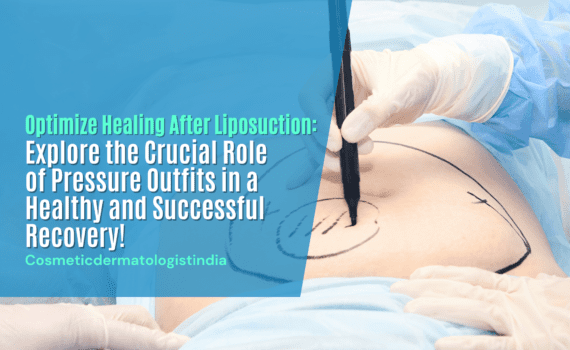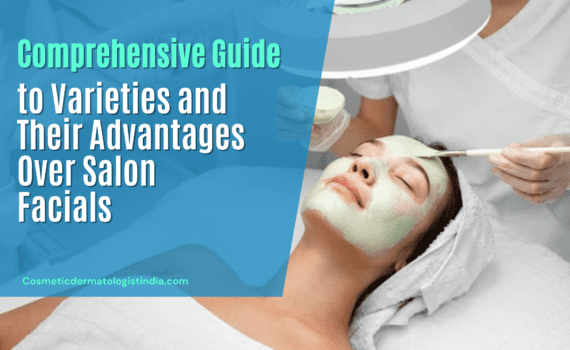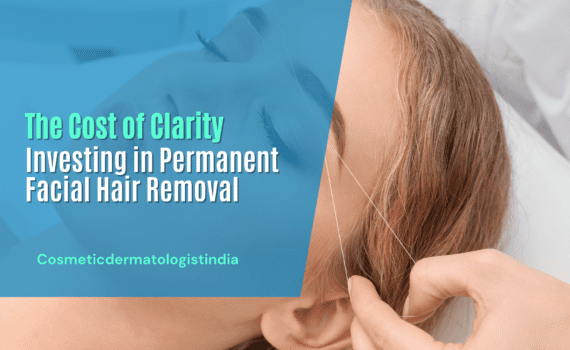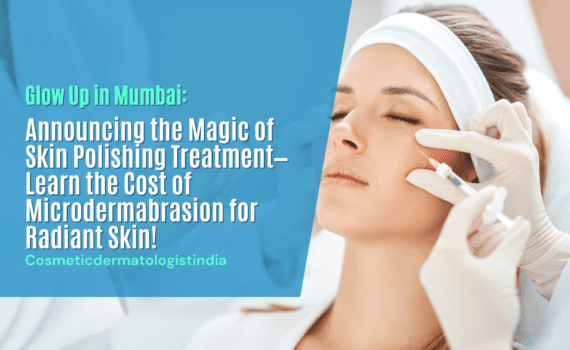
Glow Up in Mumbai: Announcing the Magic of Skin Polishing Treatment—Learn the Cost of Microdermabrasion for Radiant Skin!
Skin polishing is a trending skin rejuvenation beauty trend and has seen an upward rise to fame recently. But it is not something that is brand new in the skincare world. Ancient kings and queens, including the Egyptian monarchs and Mughals, used this process with grains and natural exfoliators such as rice flour, turmeric, pulse and grain powders, roots, flowers, herbs, and even semi-precious stones to exfoliate the skin and make it smooth and glowing. Over time, modern advances have added more skin-beneficial substances, such as essential oils, sea salts, etc. to treat skin concerns and improve skin elasticity and natural youth.
What is skin polishing?
The skin goes through many things in a day; it has to fight the effects of sun and pollution and survive through intrinsic aging factors such as aging, loss of collagen, and elasticity. Both extrinsic and intrinsic aging are related, and they lead to fine lines, wrinkles, pigmentation, pronounced scars, and a loss of youthful glow. Skin polishing or microdermabrasion treatments in India are non-invasive skin care procedures that help enhance the skin’s texture and tone and reduce the signs of aging to improve the overall appearance.
The cost of microdermabrasion in India justifies itself because each session targets multiple skin concerns, including enlarged pores and acne scars, and improves the skin’s radiance and overall appearance. Skin polishing should not be confused with scrubs. Body polishing involves exfoliating the skin without stripping the body’s natural oils. Scrubs, however, are more coarsely grained and can leave the skin dry. The top ingredients used for skin polishing by experts contain moisturizing, hydrating, and skin-essential ingredients that smoothen the skin’s texture and keep it soft and supple for a long time. Before trying it out yourself, here is everything you need to know about skin polishing or microdermabrasion.
Concept of skin polishing treatment or microdermabrasion
It is a non-invasive skin rejuvenation treatment. Microdermabrasion deeply exfoliates the skin to remove dead skin cells and smooth the skin. The results are an instant glow while the skin repair process goes inside. It is a perfect treatment before special occasions such as limelight functions, page 3 appearances, weddings, birthdays, etc. It is also recommended if you are bothered by the early signs of aging on the skin and want to get rid of them without wanting to go in for invasive treatments. Microdermabrasion is a type of mechanical skin exfoliation that is done using a handheld device on the skin. Microdermabrasion is not dermabrasion; it is cosmetic surgery done by reputed plastic surgeons.
Benefits of body polishing
Microdermabrasion is a simple, out-of-patient procedure done in a cosmetic clinic. It is preferred by many patients worldwide for its many benefits, such as
- Effectively removes dead skin cells
- Opens the pores, allows the skin to breathe, and improves the absorption of skin care products.
- Improves cell regeneration
- Improves skin texture and makes it soft and supple.
- It brings out the natural glow of the skin.
- Reduces skin dryness and naturally moisturizes the skin.
- It decreases melanin production and reduces hyperpigmentation.
- Improves blood circulation under the skin
- It reverses the signs of aging by removing light wrinkles, lines, and crow’s feet.
- It tests for spots, pigmentation, blemishes, sun damage, and tanning.
- Gives the skin a natural, youthful, and rested appearance.
- Stimulates collagen production under the skin, which heals the skin and repairs the fibers for long-lasting youthfulness.
- Microdermabrasion is one of the oldest and cheapest treatments that reduce stretch marks over some time.
Skin polishing is a perfect treatment for people with busy lifestyles because there is little or no downtime during the procedure and it gives immediate, noticeable results.
Why choose a skin polishing treatment?
Microdermabrasion is a tried-and-true cosmetic treatment with a long history of positive reviews.
Universally Appropriate for Skin Types:
No matter your skin type—dry, oily, sensitive, or anything in between—the skin polishing procedures are designed to meet your needs.
The philosophy is that skincare should be a soothing, high-end affair. For this reason, our Skin Polishing Facial will not only leave you feeling rejuvenated and relaxed, but it will also provide remarkable results.
Skin polishing is more effective than standard saloon facials, as the results last for a long time and keep improving even after the treatment sessions are over.
Types of microdermabrasion treatments
There are three main types of skin polishing treatments.
Crystal microdermabrasion:
Aluminum oxide crystals are sprayed on the skin at high speed and irritate the skin. The handheld device has a vacuum attached to it, which sucks in dead skin cells, dirt, and grime. The crystals are non-toxic and do not cause allergies or side effects on the skin. This type of skin polishing is commonly used for treating sun-damaged and aging skin. It also helps reduce acne scars, wrinkles, and lines around the nose and mouth. It is beneficial for improving skin texture and tone.
Diamond Microdermabrasion:
Diamond skin polishing is a milder form of microdermabrasion and uses diamond wands on the skin instead of aluminum chloride. The small diamond-tipped wand is gently moved over the skin with varying pressure, and the attached vacuum sucks away the exfoliated skin. This exfoliation gives the practitioner more control over the skin penetration and precise exfoliation. This is why the procedure is suitable for people with sensitive skin. Diamond skin polishing is also effective for sensitive under-eye areas. Fine lines, scars, and sun damage are targeted by diamond microdermabrasion. Experts also combine active serum infusions with skin polishing to nourish and hydrate the skin.
Hydra dermabrasion:
This is the latest microdermabrasion procedure that combines exfoliation with hydration. This cutting-edge procedure exfoliates the skin and hydrates it with a hydrating serum. This process is suitable for all skin types and gives a radiant and supple complexion with the first session itself.
Skin polishing aftercare
As an exfoliation procedure, you must allow sufficient time for your skin to recover completely. Avoid the sun for at least one week and cosmetics for a few days. Avoid additional topical skin treatments and activities that induce perspiration, including vigorous exercise and hot bathing. Maintaining a hydrated epidermis and avoiding contact with the face will hasten the healing process. A couple of days should pass between applying an SPF that is hypoallergenic and using chemical skin care products, hair colorants, and acne treatments.
How long does the procedure last?
The procedure begins by cleaning the skin from dirt, makeup, and products. Then the equipment is used to exfoliate the skin under vacuum pressure. The session takes about 40 minutes to complete. The practitioner usually applies a hydrating mask to the skin after the procedure to calm the inflammation.
After the session of skin polishing, you will-
- Notice the immediate skin glow and rejuvenation.
- You will notice skin tightening because of improved collagen and elastic production. The skin will be plumper and show fewer signs of aging.
- Observe that regular microdermabrasion sessions will repair superficial acne scars and shrink the pores over time.
- Observe fewer acne breakouts.
- Notice that the saturated and unresponsive pigmentation will reduce, and skin tone will become more even.
- Observe the accident scars and post-surgery marks fading because of increased collagen.
The number of sessions you need will depend on your skin’s condition and your skin goals. Initially, one session will be given every few weeks to repair the skin damage.
Cost of Microdermabrasion in Mumbai
- Type of Clinic or Facility: Costs may vary depending on whether the treatment is performed at a high-end clinic, a dermatologist’s office, or a spa.
- Experience and Qualifications of the Practitioner: Highly experienced practitioners may charge more for their services.
- Treatment Area: The size of the treatment area can affect the overall cost.
- Additional Services: Some clinics may offer add-on treatments or complementary services, impacting the total cost.
Book Now For A Rejuvenating Experience!!
